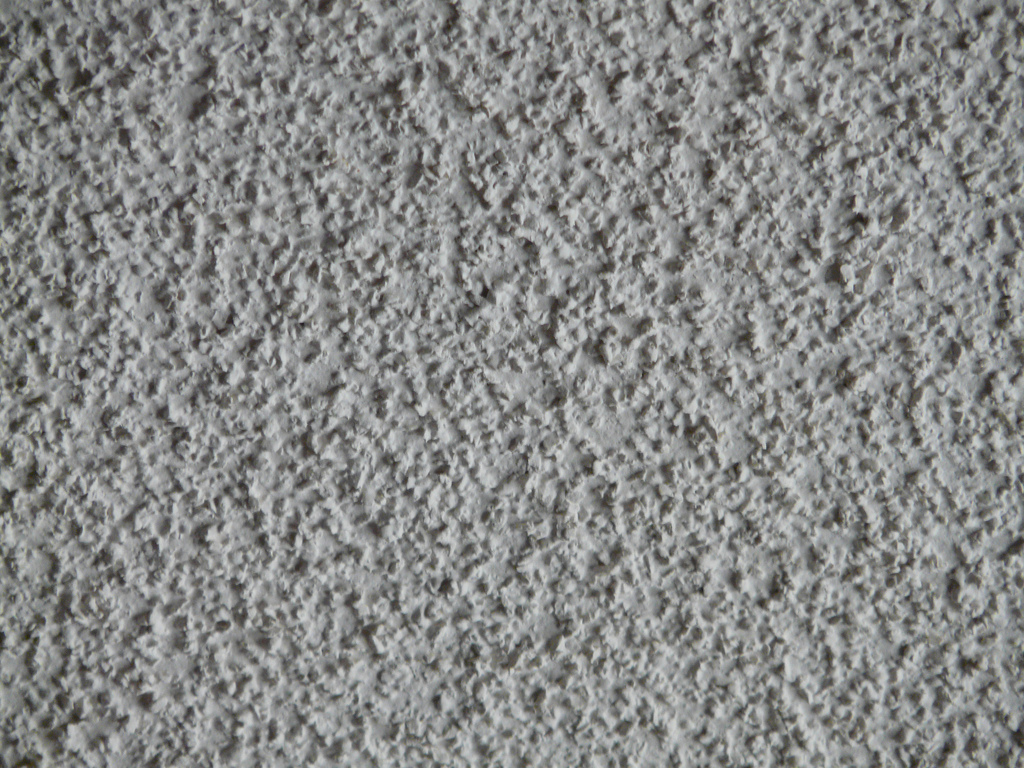Exploring the Array of Popcorn Textures or Ceiling Textures Used Today
Ceiling textures can add depth, character, and visual interest to any room. From traditional to contemporary designs, there is an array of ceiling textures available today to suit different architectural styles and personal preferences. In this article, we will explore some popular types of ceiling textures used in modern interior design.
Exploring the Array of Popcorn Textures or Ceiling Textures Used Today

- Popcorn Texture: Popcorn texture, also known as acoustic or stipple texture, was a popular choice in the mid-20th century. It features a bumpy, textured surface resembling the texture of popcorn. This texture was primarily used for its noise reduction properties and ability to hide imperfections. However, due to health concerns related to asbestos in older versions of popcorn texture, it is no longer widely used in newer constructions.
- Knockdown Texture: The knockdown texture is a versatile option that provides a subtle, textured appearance. It involves spraying joint compound or drywall mud onto the ceiling and then using a trowel to create a textured pattern. The final result is a lightly mottled surface with flattened peaks. Knockdown texture adds dimension to a room while still maintaining a smooth and elegant finish.
- Orange Peel Texture: Orange peel texture gets its name from its resemblance to the outer peel of an orange. It is achieved by spraying a thin layer of joint compound on the ceiling and then using a trowel or roller to create a random, textured pattern. The texture consists of small, slightly raised bumps that give the ceiling a contemporary and modern look. Orange peel texture is often used in both residential and commercial spaces.
- Swirl Texture: Swirl texture is a unique and eye-catching option that creates a swirling pattern on the ceiling. This texture is achieved by using a brush, sponge, or specialized tools to create curved strokes in the joint compound. The result is an elegant and sophisticated pattern that adds visual interest to the room. Swirl texture works well in formal settings such as dining rooms or living rooms.
- Skip Trowel Texture: Skip trowel texture is a popular choice for achieving a rustic or Mediterranean-inspired look. It involves applying joint compound onto the ceiling and then using a trowel to create a textured finish with irregular peaks and valleys. The trowelling technique varies, allowing for customization and creating a handcrafted appearance. Skip trowel texture adds warmth and charm to any space.
- Smooth Finish: While not technically a texture, a smooth finish is worth mentioning for those who prefer a clean and minimalist look. This type of ceiling is completely flat and lacks any visible texture or pattern. A smooth finish provides a sleek and contemporary aesthetic, complementing modern interior designs. It also reflects light well, making the room feel more open and spacious.
Conclusion: Ceiling textures offer endless possibilities for adding character and style to a room. From the traditional popcorn texture to the contemporary smooth finish, each option provides a unique visual impact. When choosing a ceiling texture, consider the architectural style of the space and your personal preferences. Whether you desire a textured or smooth surface, the wide range of options ensures that you can find the perfect ceiling texture to enhance your home or commercial space.





0